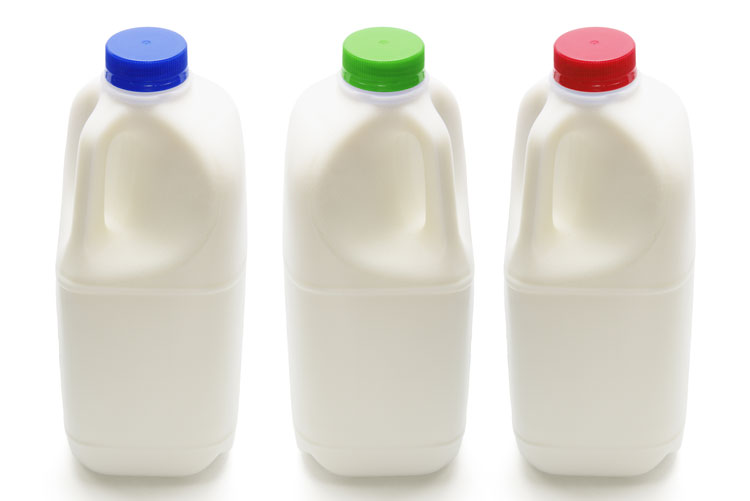
From a dairy farmer prospective, high-value beverage sales drive milk prices. That’s why Florida, the Southeast, and Northeast traditionally have had higher mailbox milk prices.
For the Northeast Federal Milk Marketing Order . . . think the New England States, New York and eastern Pennsylvania . . . that is no longer the case.
These days, fluid milk sales, known as Class I milk in federal milk marketing circles, dropped 1.6 percent in 2016. That’s after tumbling 9 percent since 2010.
Just how far has fluid milk slumped in the Northeast order as a percentage of all milk sales?
Let’s look at three snapshots in time:
• 1995: 41 percent of all milk sales were fluid or beverage milk sales
• 2005: 45 percent of all milk sales were fluid milk
• 2015: 34 percent of all milk sales were fluid milk
When digging deeper into the data, 43 percent of all milk sales were Class I or fluid sales as recently as 2010. It’s at that point in time that the downward spiral began . . .
• 43 percent in 2010
• 41 percent in 2011
• 40 percent in 2012
• 37 percent in 2013
• 35 percent in 2014
• 34 percent in 2015
• 32.7 percent in 2016
What can be done to stabilize this downward spiral?
Beverage milk must be more inviting in the nation’s most populous region. Better packaging to improved taste and shelf life, a move to more fat in school milk to boost flavor, and no longer looking at fluid milk as a commodity market are among some potential fixes. Until significant corrective action is taken, everyone should anticipate more of the same. Unfortunately, that includes shrinking milk checks throughout the Northeast, too.
To comment, email your remarks to intel@hoards.com.
(c) Hoard's Dairyman Intel 2017
January 30, 2017








